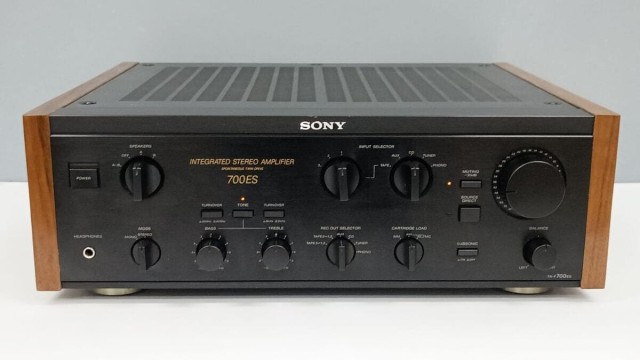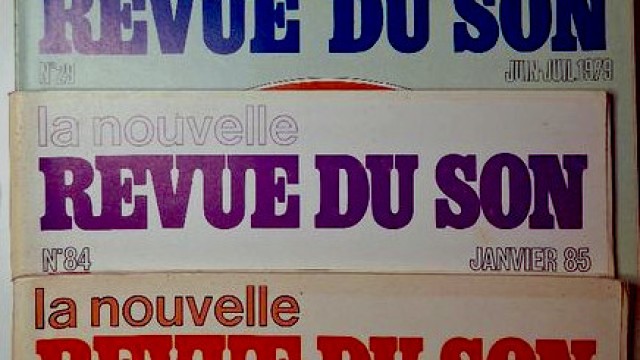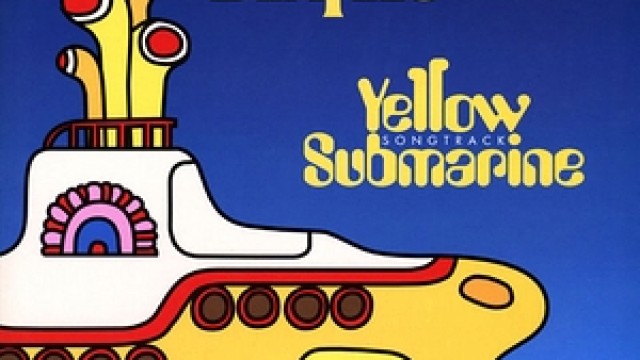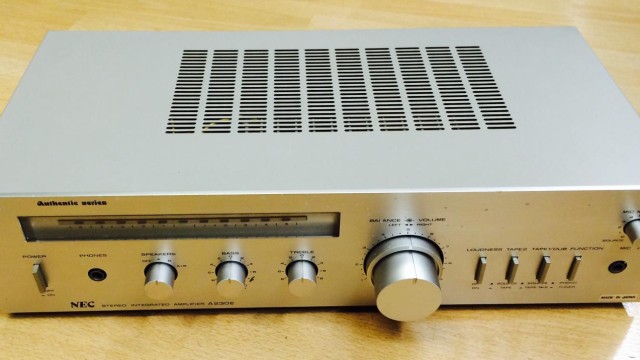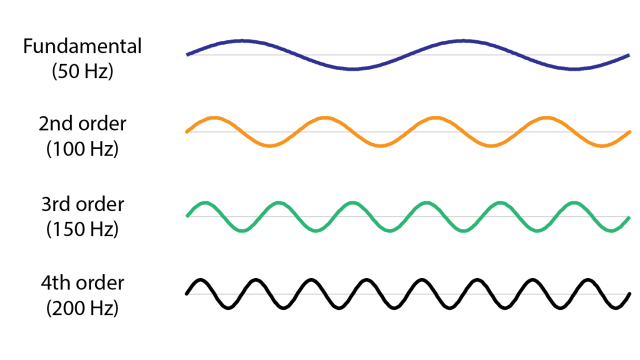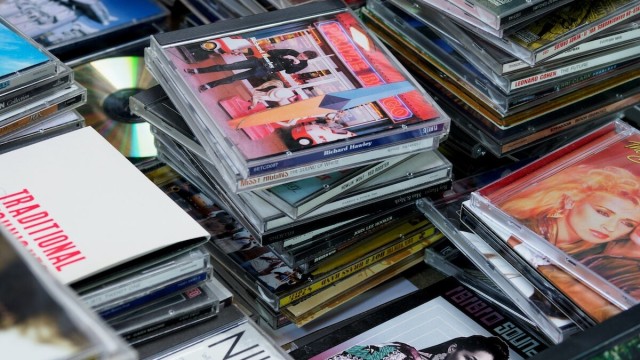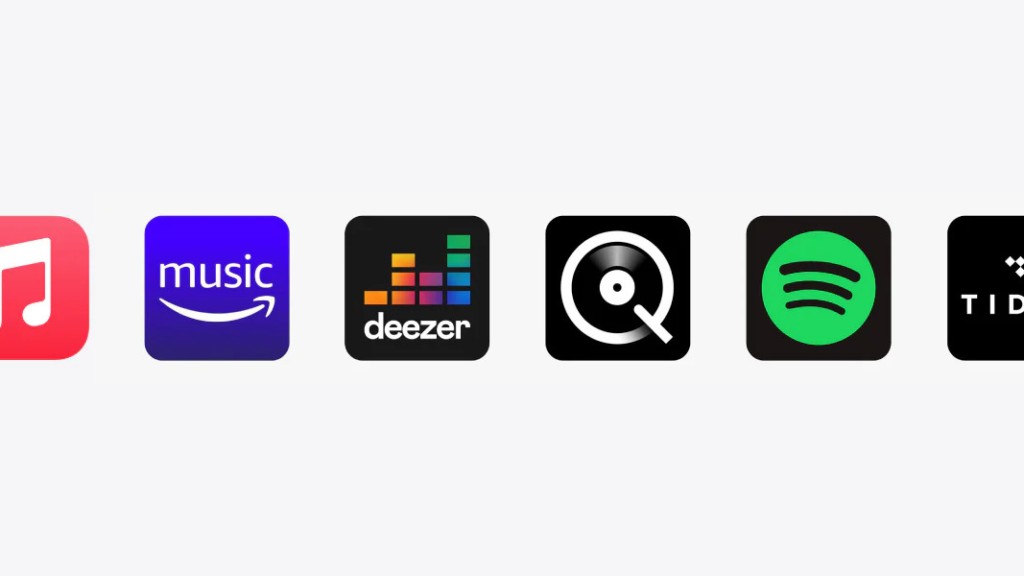
Comparison of high quality music streaming services
More than a decade after entering the market, music streaming services continue to attract more and more users thanks to tens of millions of songs directly accessible from a smartphone, music player or connected high-end channel. With the development of broadband, fiber and 4G/5G, streaming services are becoming more and more efficient and now offer you titles in HD, Lossless and Hi-Res Audio for optimal listening quality.
What is lossless and Hi-Res music?
In the early 2000s, the rise of MP3 digitization made it easier to share music, but to the detriment of audio quality, the failure of destructive compression that removes musical information deemed unattractive. . Very often when listening to MP3-encoded music, there is a harshness, lack of detail and subtlety, especially in the mids and treble, which can quickly lead to listening fatigue.
More recently, the development of lossless audio compression techniques and the possibility of storing large amounts of data now make it possible to encode high-quality audio files. These are FLAC, MQA or AAC files. The latter emphasized the fidelity and clarity of the recorded pieces to regain a quality of their true Hi-Fi.
When these files are encoded in 16 bits / 44.1 kHz, we speak of CD quality. On the other hand, from a resolution of 24 bits / 96 kHz, the file is called Hi-Res or Lossless. This first difference will make it easier to rank the best HD music services, as not all of them broadcast in the same formats and at the same resolution.
Comparison of lossless services: file format and resolution
Tidal
In addition to the 1411 Kbps CD-quality streams that make up the bulk of Tidal's offering, you can access a few million Hi-Res entries as a result of the Hi-Fi package with a resolution of up to 24-bit / 384 kHz (usually 24-bit / 96 kHz). These files, identified by the Tidal Master concept on the platform, are encoded in MQA (Master Quality Authenticated), a compression technology that makes it possible to produce an HD audio file with a size 50% smaller than that of a traditional HD file.
Tidal is currently the only music service to offer this encoding. It can therefore have a notable advantage if you frequently use the online music service outside of your home, limiting network consumption. On the other hand, it is essential that the device on which Tidal is used is compatible with MQA to enjoy the best possible listening quality. To overcome this problem, Tidal recently offers its entire catalog in FLAC format, with a quality that can reach a resolution of 24 bits / 192 kHz.
In addition to the CD and Tidal Master files of the Hi-Fi subscription, the streaming service has also been offering since June 2020 some very rare titles in Dolby Atmos to enjoy more immersive listening with a sound bar or home cinema. Tidal is not the only service to offer this type of file, but it is one of those that allow you to get the most out of them via its streaming application for Amazon Fire TV, Apple TV 4K, Nvidia Shield, Android TV on Sony and Philips. The audio streams are therefore linked live to the receiver. Finally, when listening with a compatible Sony headset, the platform offers titles in 360 Reality Audio.
Qobuz
Unlike other services that also offer MP3 depending on the subscription selected, the catalogue of the French service Qobuz is only available in HD, with a minimum quality equivalent to CD (16 bits / 44.1 kHz). The vast majority of the platform's titles are in FLAC 24 bits / 48 kHz and 24 bits / 96 kHz, although more and more pieces are available in 24 bits / 192 kHz. The choice of the FLAC format, however, requires a good network connection and involves higher consumption than with the Mareas MQA. When downloading for offline listening, the storage space required will also be higher.
Apple Music
Apple Music's lossless tier starts at CD quality, i.e. 16-bit/44.1 kHz and goes up to 24-bit/48 kHz, playable on Apple devices and most Android smartphones or tablets. For the most demanding audiophiles, Apple Music also offers Hi-Resolution Lossless quality up to 24-bit/192 kHz, but the use of an external DAC or compatible device is essential. For its HD service, Apple Music operates its proprietary ALAC (Apple Lossless Audio Codec) format. The latter promises to preserve every part of the original audio file, but has the drawback of being supported by fewer devices than FLAC used by Qobuz, Deezer Hi-Fi and Amazon Music.
With a monthly subscription, the Apple brand also offers access to Dolby Atmos titles. To take advantage of this, Apple recommends the use of Apple Airpods and third-generation Apple AirPods headphones, or the Apple Airpods Max headset to which you can stream a stereo file with software arrangements to extend spatialization. The effect is therefore less conclusive than true multi-channel listening, just like the 3D files of Amazon Music HD or Deezer Hi-Fi with 360 Reality Audio titles. On the other hand, it is still possible to take advantage of real multi-channel Dolby Atmos files using the Apple Music app on an Apple TV 4K linked directly to a home theater amplifier or Atmos-compatible soundbar.
Amazon Music HD
The Amazon Music HD subscription also called Amazon Unlimited offers access to more than 75 million titles, including 50 million encoded in 16-bit / 44.1 kHz CD quality at a rate of 850 kbps and several million others in Ultra HD (up to 24-bit / 192 kHz). As for Qobuz, FLAC is the format of choice for all files, from CD quality to Hi-Res.
As with Tidal and Apple Music, Amazon Music HD (Amazon Unlimited) also offers 3D titles mastered in Dolby Atmos and Sony 360 Reality Audio format. However, listening to them is only possible from an Amazon Echo Studio speaker. So you can't enjoy real Atmos effects on all the speakers of a home cinema set or soundbar like Tidal.
Deezer Hi-Fi
Unlike other services, Deezer Hi-Fi's HD streaming is limited to 16-bit / 44.1 kHz CD quality with a bit rate of 1411 kbps. While the gain is nevertheless substantial and noticeable compared to MP3 files, the French service remains far behind the many Hi-Res pieces in 24-bit / 96 kHz, or even 192 kHz available from competitors. So it's not the best HD music service, especially since its subscription is more expensive than some competitors.
| Service | Standard Subscription | Hi-Fi Subscription |
 | FLAC up to 24 bits / 192 kHz | |
| MP3 up to 320 kbps | MQA up to 24-bit/384 kHz Dolby Atmos or 24-bit/192 kHz FLAC | |
| MP3 up to 320 kbps | < p>FLAC up to 16 bits / 44.1 kHz | |
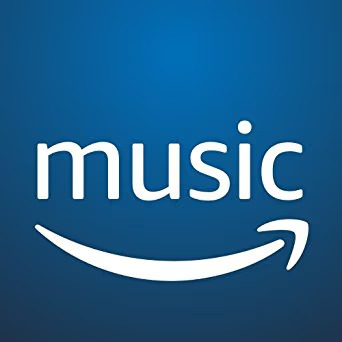 | FLAC up to 24 bits / 192 kHz < /td> | |
| ALAC up to 24 bits / 192 kHz - Dolby Atmos |

